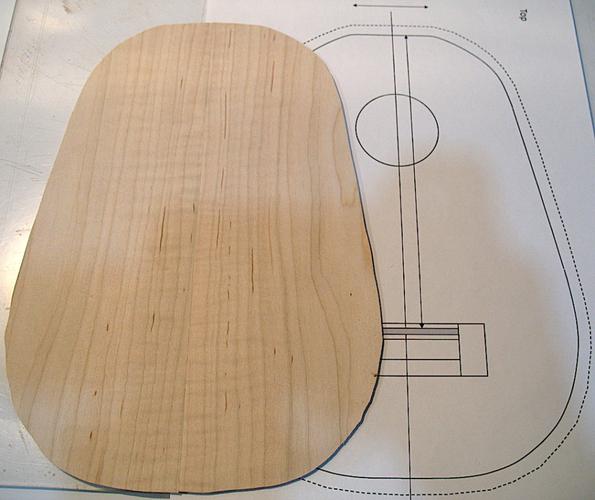Sanding Ovations: A Comprehensive Guide to the Art of Sanding
Are you looking to transform a piece of wood, metal, or even plastic into a masterpiece? Sanding is the key to achieving a smooth, polished finish. Whether you’re a DIY enthusiast or a professional craftsman, understanding the ins and outs of sanding is crucial. In this article, we’ll delve into the world of sanding, exploring different types of sandpapers, techniques, and tools to help you achieve the perfect sanding ovation.
Types of Sandpapers
Sanding papers come in various grades, each with its own unique characteristics. Here’s a breakdown of the most common types:

| Grade | Description | Use Case |
|---|---|---|
| Coarse (60-80) | Removes material quickly | Removing paint, varnish, or rust |
| Medium (100-120) | Good for smoothing out imperfections | Preparation for finishing |
| Fine (150-180) | Leaves a smooth finish | Finishing and polishing |
| Very Fine (220-240) | Extremely smooth finish | Finishing and polishing |
| Super Fine (320-400) | Super smooth finish | Finishing and polishing |
When choosing a sandpaper grade, consider the material you’re working with and the desired finish. Coarse grades are best for removing material, while finer grades are ideal for achieving a smooth, polished finish.
Sanding Techniques
Once you’ve selected the appropriate sandpaper, it’s time to master the sanding techniques. Here are some essential tips:
-
Always sand in the direction of the wood grain to avoid creating swirl marks.
-
Use a sanding block or sanding sponge to ensure even pressure and prevent marring.

-
Start with a coarse grade and gradually move to finer grades for the best results.
-
Keep the sandpaper flat against the surface to avoid creating dips or valleys.
-
Use a sanding machine for larger surfaces or when working with multiple pieces.
Sanding Tools
There are several sanding tools available to help you achieve the perfect finish. Here are some popular options:
-
Sanding Blocks: These are ideal for small, intricate areas and can be used with both hand and power sanders.
-
Sanding Sponges: Great for curved surfaces and soft woods, sanding sponges provide a gentle touch.
-
Electric Sanders: These come in various types, including orbital, random orbital, and belt sanders, making them perfect for larger surfaces and faster sanding.
-
Hand Sanders: These are great for small projects and can be used for both wood and metal.
Precautions and Safety
While sanding can be a rewarding experience, it’s important to take precautions to ensure your safety:
-
Always wear safety goggles to protect your eyes from dust and debris.
-
Use a dust mask or respirator to avoid inhaling harmful particles.
-
Keep your workspace well-ventilated to reduce the risk of respiratory issues.
-
Never sand bare-handed; always use gloves to protect your hands.
Conclusion
Sanding is a fundamental skill that can elevate your craftsmanship to new heights. By understanding the different types of sandpapers, techniques, and tools, you can achieve a professional-grade finish on your projects. So, grab your sandpaper and get ready to sand your way to success!
